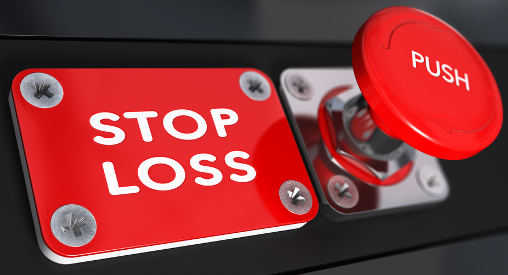
When I think about trading rules, the first thing that comes to mind in less than 0,047 seconds is: always to use a stop loss. Everyone knows this saying 'Cut your losses and let your profits run'. That is, of course, easier said than done and this article is not about that. This article is essentially about accepting a loss.
Some traders say they have a mental stop loss. And maybe some of them actually do but don't fool yourself, it is most likely not going to work. When the market is approaching your mental stop, stress increases and chances are you will move the mental stop further away allowing for a bigger loss than initially set. In that stressful moment, your brain will fool you and try to let you think the initial analysis was not done properly and the stop loss should have been set to another level after all.
Before entering a trade, you should have done your analysis. This analysis should tell you if you think the trade has a high probability of being successful. Also, you have determined at which point you believe the trade is no longer working for you. Beyond this point, you have to admit the analysis was wrong, and it is at this point where you will put your stop loss.
If you don't want to bother about where exactly you consider the trade to go bad, a simple stop that maximizes the loss at a certain percentage or points is a good idea too. Trading at support or resistance is a good place to apply this method.
Traders who start out with trading sometimes have a problem with setting a stop loss and closing a losing position. Closing a losing position is the official moment that the trade has turned into a loss, that the analysis was wrong. That can be a blow to a trader's ego. Handling failure is a big part of trading. Get used to failure if you want to stay in this business.